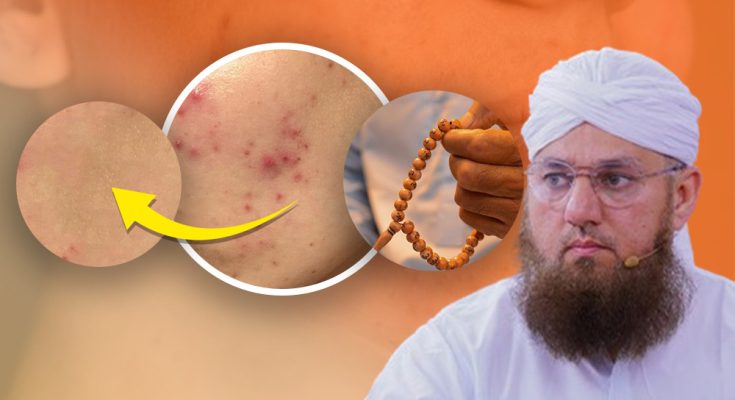A common cosmetic issue, dark circles under the eyes are characterized by discoloration and a shadowy appearance. Depending on the individual’s skin tone and the underlying causes, these dark patches can be blue, purple, brown, or black.


Addressing Dark Circles
Is Critical Not only are dark circles important for their aesthetic value, but they can also sometimes indicate underlying health issues. While frequently viewed as a corrective issue, dark circles can influence confidence and in general appearance, making people look drained or more established than they are.
Pertinence to Present day Magnificence Principles
In the present excellence cognizant society, the accentuation on a young and new appearance makes the treatment of dark circles especially important. The search for effective ways to get rid of dark circles has become more intense as stress levels have increased and people are getting less sleep.
Dark Circle Types and Categories
Pigmented Dark Circles
Hyperpigmentation is what leads to dark circles with pigmentation. People with darker skin tones are more likely to encounter this type, which is typically brown or black in color. Excessive melanin production, sun exposure, or genetic factors can all contribute to hyperpigmentation.
Significant Dark Circles
Vascular dark circles are normally blue or purple and happen because of the perceivability of veins under the slender skin of the under-eye region. Factors like absence of rest, sensitivities, and nasal blockage can compound this sort.
Dark Spots on the Structure
The face’s natural shape causes structural dark circles. Shadows can result from a deep tear trough or hollowness under the eyes, giving the appearance of dark circles. People with thinner skin or significant weight loss frequently exhibit this type.
Dark Circles of a Variety of Types
Dark circles of the mixed type are caused by a combination of structural, vascular, and pigmented factors. This type necessitates a comprehensive treatment strategy that addresses each factor.
Dark Circle Signs and Symptoms
Dark circles under the eyes
The discoloration under the eyes is the most obvious sign of dark circles. It can be blue, purple, brown, or black, depending on the cause and individual skin tone.
Swelling and puffiness
Dark circles frequently accompany puffiness and swelling, particularly upon awakening, in addition to discoloration. This can make the eyes look old and worn out.
Thickness of the Skin
Because the skin beneath the eyes is naturally thinner than the rest of the face, it is more likely to show blood vessels and become discolored. Aging and dehydration can also cause thin skin.
A worn-out look
Dark circles can give the impression that a person is older than they actually are, worn out, and exhausted. This can have an effect on confidence and self-esteem, necessitating effective treatments.
Dark Circles’ Causes and Risk
Factors Genetics
The onset of dark circles is significantly influenced by genetics. In the event that dark circles run in the family, there’s a higher possibility acquiring this characteristic.
Aging
The skin thins and loses collagen as we get older, making blood vessels appear more clearly and causing dark circles. The natural fat pad under the eyes also shrinks, giving the appearance of hollowness.
Nasal congestion and allergies
Blood vessels can dilate and become more visible as a result of allergies and congestion in the nose, resulting in dark circles. Itching can also make the condition worse if you rub your eyes.
Insufficient Rest
The skin can become pale from lack of sleep, which makes the blood vessels under the eyes stand out more. Stress can exacerbate dark circles, which can be made worse by not getting enough sleep.
The lack of water
Skin that is dehydrated appears dull and thin, highlighting the dark circles under the eyes. It is essential to drink enough water to keep your skin healthy.
Sunlight Exposure
Melanin production is increased by excessive sun exposure, which results in hyperpigmentation and dark circles. Sun assurance is fundamental in forestalling this reason.
Unhealthy Diet
An eating routine ailing in fundamental supplements, especially nutrients C and K, can influence skin wellbeing and add to dark circles. A well-balanced diet is necessary for healthy skin.
Choices for Your Life
Way of life decisions, for example, smoking and unnecessary liquor utilization can dry out the skin and lessen blood stream, prompting dark circles. Stress and inactivity are also factors.
Dark Circle Diagnosis and Tests
Visual Analysis
A dermatologist or other medical professional can help identify the type and cause of dark circles by performing a visual examination. Assessing skin tone, texture, and puffiness are all part of this.
Clinical History
It is helpful to identify any underlying health issues, allergies, or genetic factors that contribute to dark circles by taking a thorough medical history. In order to create a successful treatment plan, this step is essential.
Testing for Allergy
Specific allergens that may be causing dark circles can be found through allergy testing. Dark circles can be significantly diminished by effectively managing allergies.
Tests of the Blood
Blood tests can assist with distinguishing any fundamental medical issue, for example, pallor or thyroid issues, that may be adding to dark circles. Treating these circumstances can work on the presence of the skin.
Home Remedies
That Work for Dark Circles Cold Compress
Dark circles can be reduced by constricting dilated blood vessels and reducing swelling with a cold compress. This can be accomplished with chilled spoons or a clean cloth dipped in ice water.
Slices of cucumber
Slices of cucumber have astringent and skin-lightening properties. For a cooling and hydrating treatment, apply chilled cucumber slices to the eyes for ten to fifteen minutes.
Tea Bags
Utilized tea packs, particularly those containing caffeine, can assist with decreasing dark circles. The tannins contribute to skin lightening while the caffeine constricts blood vessels. Place used tea bags over closed eyes for 10 to 15 minutes to chill.
Almond Butter
Vitamin E in almond oil helps nourish and rejuvenate the skin. Before going to bed, gently massage a few drops of almond oil under the eyes and leave it on overnight.
Gel of Aloe Vera
Aloe vera gel has anti-inflammatory and soothing properties. Before rinsing with cold water, apply a small amount of aloe vera gel under the eyes and leave it on for 10 to 15 minutes.
Potato Juice
Natural bleaching agents in potato juice can lighten dark circles. Grind a potato, remove the juice, and apply it to the under-eye region utilizing a cotton ball. Before rinsing, leave it on for 10 to 15 minutes.
Juice of Lemon
Lemon juice is plentiful in L-ascorbic acid and has regular fading properties. Apply weakened lemon juice under the eyes utilizing a cotton ball. Leave it on for 10 minutes and wash with cold water. After application, avoid direct sunlight.
Juice of tomatoes
Lycopene and antioxidants found in tomato juice can lighten dark circles. Blend tomato juice in with a couple of drops of lemon squeeze and apply it under the eyes. Before rinsing, leave it on for ten minutes.
Rosewater
Rose water has skin-lightening and soothing properties. Place cotton pads over the eyes for 10 to 15 minutes after soaking them in chilled rose water.




